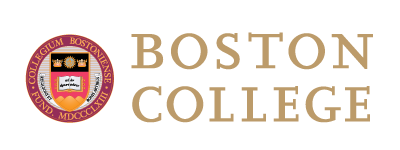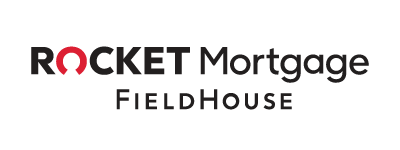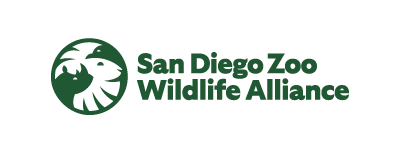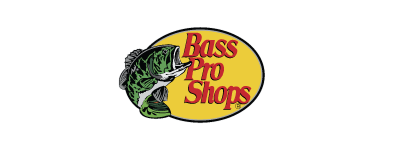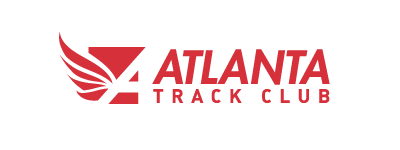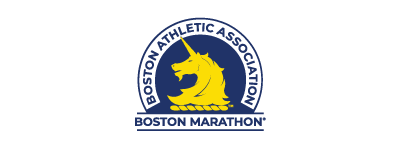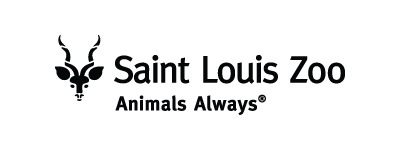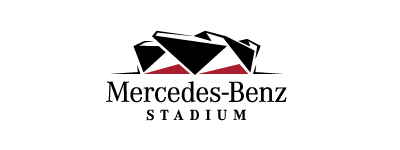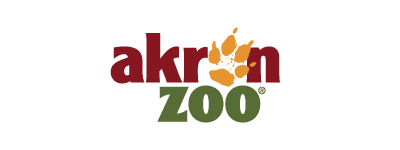Circular by Design.
Verified by Blockchain.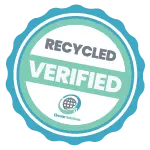

Tech-Driven Solutions
Our Tools for Success

Verified Recycling: Restoring Public Trust

Track. Certify. Prove.
Our blockchain-powered platform confirms every step of the recycling process. From collection to processing, we create tamper-proof records and issue digital certificates that prove your recyclables are part of the circular economy.

Optimize Waste Management with Expert Guidance

Recycling Value Assessment (RVA)

Show the World What You’re Doing Right

Communicate with Confidence
CS Share equips you with the insights and tools to communicate your sustainability progress clearly and credibly. From marketing and PR to stakeholder reporting, we help you prove your commitment and build trust while doing it.
We leverage the newest AI and blockchain-powered technology to verify your recycling efforts at every step, providing immutable data and documentation.
Our proprietary service, CS Verify, proves recycling is happening from a property to a hauler and ultimately to the Material Recycling Facility (MRF), with each partner certifying proper recycling via a smart contract. Once each property, hauler, and MRF is verified, a digital verification certificate is issued, and the supporting data and documentation is immutable on the blockchain.
When recycling programs fall short of verification standards, CS Advise steps in. Through virtual or onsite Recycling Value Assessments (RVAs), we help identify gaps, reduce inefficiencies, and develop actionable strategies to strengthen your waste and recycling systems.
To communicate your verified impact, CS Share provides the tools and insights you need to confidently showcase your efforts. From stakeholder reports to marketing and PR, we turn your verified recycling data into stories that build trust and credibility.
Our proprietary service, CS Track (COMING SOON), then follows the material after it is baled and sold to recycling processors. This data and documentation are also placed on the blockchain for the general public to see.
Our technology-powered tools verify, track and prove impact—with tamper-proof records and blockchain-based certified data to share with consumers, clients and even regulatory agencies.
Why Choose Us?
Welcome to Truth and Transparency in Recycling
The Why
At Circular Solutions, our mission is to foster trust and transparency throughout the entire recycling supply chain. Through partnerships with properties, Material Recycling Facilities (MRF) and haulers, we’re bringing actual transparency to recycling. Now you can track and verify every item you recycle ensuring they’re truly making their way back into the circular economy.
How We Do It
Our three-pronged property verification process includes:
- A property identifying material they want to recycle
- A hauler confirming what material is accepted
- A Material Recycling Facilities (MRF) confirming what material is being recycled and where the commodities are traded.
Property Identification
Properties log and categorize materials marked for recycling, creating a precise record of the waste stream and building a verified recycling baseline.
- Material categorization
- Waste stream documentation
Hauler Confirmation
Verified haulers confirm accepted materials and certify collection accuracy, ensuring everything is transported correctly to recycling facilities.
- Material acceptance verification
- Collection process validation
MRF Verification
Recycling facilities verify receipt and processing of materials, confirm recycling completion, and provide data for final certification.
- Processing verification
- Commodity trading tracking
Prove Your Impact. Protect the Chain.
Power the Future.
Using CS Verify, CS Advise, and CS Share together creates a powerful cycle of proof, improvement, and communication. CS Verify ensures your recycling data is accurate and immutable, CS Advise helps you strengthen your program with expert analysis and strategy, and CS Share turns your verified results into compelling, trustworthy stories. The result? A transparent, optimized, and credibility-driven recycling program.
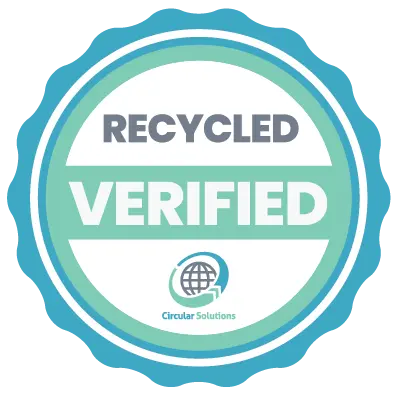
Our Mission
Who We Are
At Circular Solutions (CS), we are an industry leader in verifying recycling through the latest technology, including AI and blockchain-powered analysis to verify recycling efforts at every step of the process.
We believe organizations can do good for the planet AND their business. With more than 20 years of experience, CS helps organizations reduce landfill waste, cut their carbon footprint, and create circular economies. Our decades of experience has transformed from educating organizations on recycling best practices to implementing best-in-class recycling programs with some of the world’s most recognizable brands to now harnessing the power of technology to scale trustworthy and effective recycling. Our company assesses processes at stadiums, universities, airports, zoos and other venues to reduce contamination, boost recycling rates, and verify materials are processed properly ensuring their waste materials do not end up in landfills or incineration.
Our suite of services, including CS Verify, CS Advise, and CS Share leverage innovative technology solutions such as AI and blockchain to help us evaluate recycling and handle it more effectively. Our mission is to bring trust and transparency to the recycling supply chain to help organizations:
- Verify their recycling efforts
- Track the entire process for effectiveness
- Communicate impact with credible, data-backed insights
With Circular Solutions, you’ll know your recycling is making a real difference—for the planet and your bottom line.



